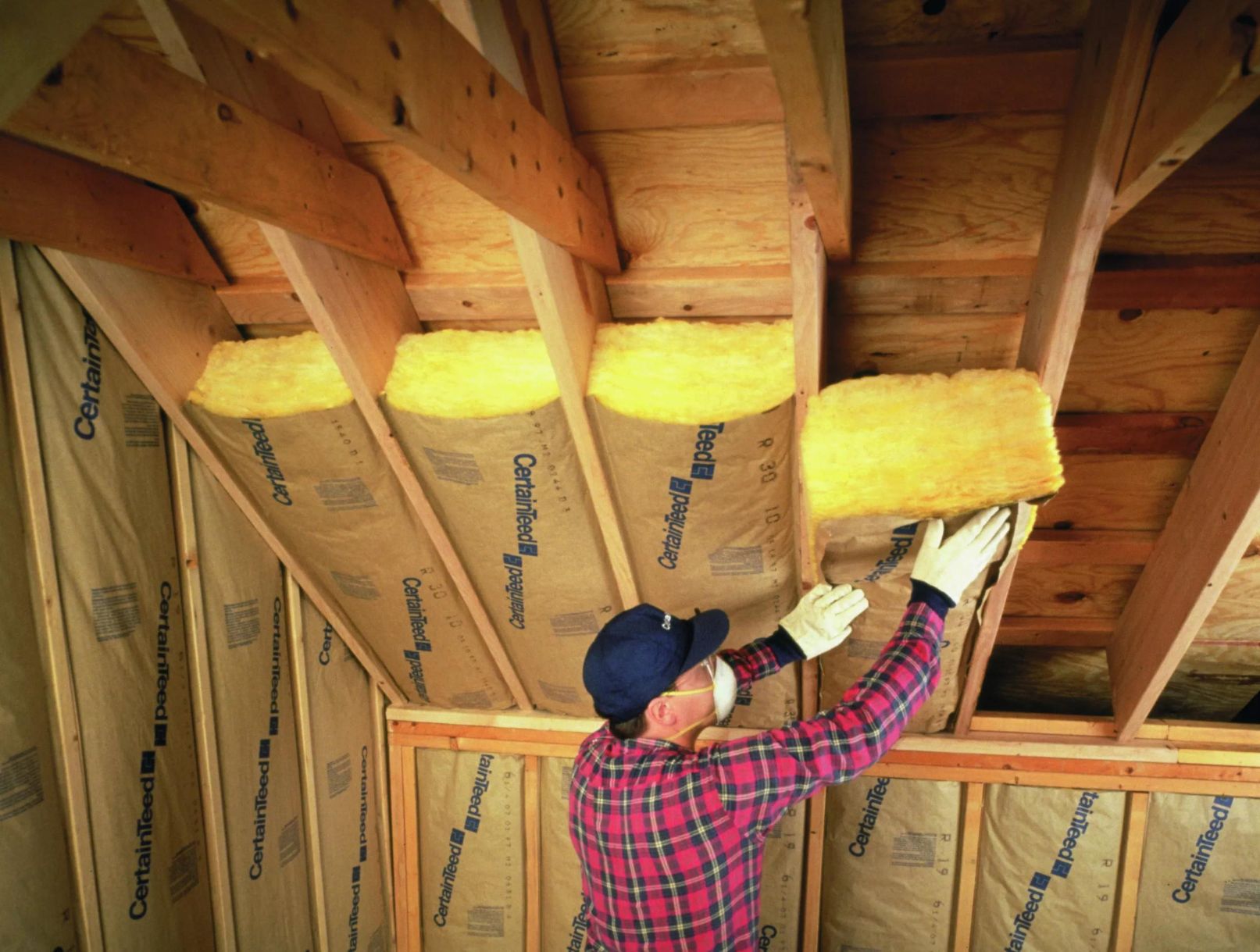

Articles
What R Insulation For Attic
Modified: January 8, 2024
Looking for articles on insulation for attic? Learn everything you need to know about the best types of insulation to keep your attic well-insulated.
(Many of the links in this article redirect to a specific reviewed product. Your purchase of these products through affiliate links helps to generate commission for Storables.com, at no extra cost. Learn more)
Introduction
When it comes to maintaining a comfortable home and reducing energy costs, one often overlooked area is the attic. Proper insulation in the attic plays a crucial role in regulating the temperature and preventing heat loss or gain. Not only does this improve the overall energy efficiency of your home, but it also ensures a more comfortable living environment.
In this article, we will explore the different types of insulation available for attics, discuss the factors to consider when choosing the right insulation, and provide tips on how to install and maintain it effectively. So, whether you are considering adding insulation to your existing attic or building a new home, this comprehensive guide will help you make informed decisions to create a well-insulated space.
Key Takeaways:
- Choose the right attic insulation based on R-value, energy efficiency, and moisture resistance to create a comfortable and energy-efficient home environment.
- Regularly maintain and repair attic insulation to maximize its effectiveness, control moisture, and seal air leaks for long-term energy-saving benefits.
Read more: What Is R-38 Insulation
Types of Insulation for Attic
When it comes to insulating your attic, there are several options available. Each type has its own unique characteristics and benefits. Let’s take a closer look at the most common types of attic insulation:
- Fiberglass insulation: Fiberglass insulation is one of the most popular choices for attic insulation. It consists of tiny glass fibers that trap air to create insulation. It comes in rolls or batts and is relatively easy to install. Fiberglass insulation has a high R-value, which measures its resistance to heat flow. It is cost-effective, fire-resistant, and does not promote the growth of mold or mildew.
- Cellulose insulation: Cellulose insulation is made from recycled paper material, usually treated with fire retardants. It is eco-friendly and an excellent option for insulating attics. Cellulose can be blown into the attic using specialized equipment, allowing it to reach all nooks and crannies, providing optimal coverage. It has a higher R-value per inch compared to fiberglass insulation and offers good soundproofing capabilities.
- Spray foam insulation: Spray foam insulation is a popular choice for attics due to its excellent insulation properties. It is applied as a liquid foam that expands and hardens into a solid. Spray foam insulation fills all gaps and crevices, creating an airtight seal that provides superior insulation and minimizes air leakage. It has a high R-value and effectively reduces energy loss. However, professional installation is recommended for spray foam insulation.
- Radiant barrier insulation: Radiant barrier insulation is designed to reflect heat rather than absorb it. It consists of a reflective material, usually aluminum foil, installed in the attic to block radiant heat transfer. It is particularly effective in hot climates where reducing heat gain is a priority. Radiant barrier insulation can be used in conjunction with other insulation types to maximize energy efficiency.
When choosing insulation for your attic, it is essential to consider factors such as the climate in your area, your budget, and any specific requirements for your home. Consulting with a professional insulation installer can help you determine the best type of insulation for your attic.
Factors to Consider when Choosing Attic Insulation
Choosing the right insulation for your attic involves considering several key factors. These factors will help you make an informed decision that aligns with your specific needs and requirements. Here are some important factors to consider:
- R-value: The R-value of insulation measures its thermal resistance. A higher R-value indicates a greater ability to resist heat flow. When selecting attic insulation, consider the recommended R-value for your geographical area and climate. This will ensure that your insulation is effective in reducing energy loss and maintaining a comfortable indoor temperature.
- Energy efficiency: Insulating your attic improves your home’s energy efficiency by reducing heat transfer and energy consumption. Consider the insulation type that offers the highest level of energy efficiency for your specific needs. Keep in mind that factors such as your climate, utility costs, and desired level of comfort will influence the energy efficiency requirements of your insulation choice.
- Moisture resistance: Attics are susceptible to moisture issues such as condensation and leaks. It is important to choose insulation that has good moisture resistance properties. Moisture can compromise the effectiveness of insulation and lead to mold or mildew growth. Look for insulation materials that are moisture-resistant or consider adding a vapor barrier to prevent moisture from reaching the insulation.
- Installation method: The installation method of attic insulation can vary based on the insulation type. Some insulation materials, such as fiberglass or cellulose, are available in pre-cut rolls or batts and can be installed by homeowners. Other types, like spray foam insulation, require professional installation. Consider your DIY skills, comfort level, and time availability when selecting insulation that aligns with your preferred installation method.
By carefully considering these factors and gathering the necessary information, you can select the right insulation for your attic. It is also recommended to consult with professionals or insulation contractors who can provide expert advice based on your specific requirements and budget.
Pros and Cons of Different Attic Insulation Types
Each type of attic insulation has its own set of advantages and disadvantages. Understanding these pros and cons can help you make an informed decision when choosing the right insulation for your attic. Let’s explore the pros and cons of each insulation type:
Fiberglass Insulation:
- Pros:
- Relatively affordable compared to other insulation types.
- Easy to install, especially in pre-cut rolls or batts.
- Has a high R-value, providing good thermal resistance.
- Fire-resistant and does not promote the growth of mold or mildew.
- Cons:
- Can cause skin irritation and require protective clothing during installation.
- May sag over time, reducing its effectiveness.
- Requires careful handling to prevent gaps or compression.
- May not provide a complete air barrier without additional sealing.
Read more: What Is R-30 Insulation
Cellulose Insulation:
- Pros:
- Made from recycled paper material, making it eco-friendly.
- Excellent thermal performance with a higher R-value per inch compared to fiberglass insulation.
- Can be blown into hard-to-reach areas, ensuring optimal coverage.
- Offers good soundproofing capabilities.
- Cons:
- May settle or compact over time, reducing its effectiveness.
- Can be more expensive than fiberglass insulation.
- Requires professional equipment and expertise for installation.
- May absorb moisture if not properly sealed or protected.
Spray Foam Insulation:
- Pros:
- Provides an airtight seal, minimizing air leakage and energy loss.
- Expands and fills all gaps, ensuring complete coverage and insulation.
- Has a high R-value and offers excellent insulation performance.
- Can help reduce noise transmission between rooms.
- Cons:
- Requires professional installation due to the specialized equipment and knowledge needed.
- Can be more expensive than other insulation types.
- May release harmful fumes during installation if not installed correctly.
- Can be difficult to remove or modify once applied.
Radiant Barrier Insulation:
- Pros:
- Reflects heat rather than absorbing it, reducing heat gain in the attic.
- Can be combined with other insulation types for enhanced energy efficiency.
- Requires no maintenance once installed.
- Can improve the performance of existing insulation.
- Cons:
- Primarily effective in hot climates or for reducing cooling costs.
- Does not provide significant insulation value on its own.
- Can be more expensive compared to other insulation types.
- Requires proper installation to ensure optimal performance.
Evaluating these pros and cons will help you determine which insulation type aligns best with your budget, climate, and insulation needs. It is also advised to consult with insulation professionals or contractors to gain further insight into your specific attic insulation requirements.
How to Install Attic Insulation
Installing attic insulation is an important step in creating an energy-efficient and comfortable home. Follow these steps to properly install attic insulation:
Read more: What Is The R-Value In Insulation
1. Preparing the attic space:
Before installing insulation, ensure that the attic space is clean and free of any debris or obstructions. Clear away any items that may hinder the installation process. It is also essential to inspect the attic for any signs of moisture or leaks. Address any issues or repair any damage before proceeding with insulation installation.
2. Choosing the appropriate insulation material:
Select the insulation material that best suits your needs and budget. Consider factors such as the R-value, moisture resistance, and the installation method required. For DIY installation, commonly used materials include fiberglass insulation rolls or batts and cellulose insulation. If you prefer professional installation, spray foam insulation may be suitable.
3. Installing insulation rolls or batts:
- Measure the length and width of the space between the attic joists to determine the size of the insulation rolls or batts needed.
- Begin at one end of the attic and carefully unroll or unpack the insulation material.
- Fit the insulation material between the joists, ensuring a snug fit. Be sure to maintain a consistent thickness throughout the installation.
- Avoid compressing the insulation as it reduces its effectiveness. Gently cut or trim the material to fit around any obstructions, such as wiring or plumbing vents.
- Cover the entire attic floor with insulation, leaving no gaps or uncovered areas.
4. Insulating the attic floor:
- If your attic has existing insulation, evaluate its condition. If it is old, damaged, or insufficient, consider adding an additional layer of insulation on top.
- Wear protective clothing, gloves, and a mask to prevent skin irritation and inhaling insulation fibers.
- Unroll or unpack the insulation material and position it over the existing insulation or directly on the attic floor.
- Ensure that the insulation material extends over the entire attic floor, covering any gaps or exposed areas.
- Secure the insulation in place using insulation supports or by tucking it tightly between joists.
- Seal any gaps or cracks in the attic floor with caulk or foam to prevent air leakage.
Remember, insulation installation can vary depending on the insulation material and the specific requirements of your attic. If you are uncertain about any steps or unsure of your ability to install insulation, it is recommended to consult with insulation professionals.
Read more: What Is R-15 Insulation
Maintaining and Repairing Attic Insulation
Proper maintenance and occasional repairs are essential for ensuring the effectiveness and longevity of your attic insulation. Here are some important steps to help you maintain and repair attic insulation:
Inspecting for damage or wear:
Regularly inspect your attic insulation for signs of damage, wear, or deterioration. Look for any areas where the insulation may have become compressed, pulled apart, or become damp due to moisture issues. Check for signs of pests, such as rodent damage or nests, as they can compromise the insulation’s effectiveness. Identifying any issues early on allows for timely repairs or replacements.
Replacing or adding insulation:
If you notice damaged or insufficient insulation during your inspection, it may be necessary to replace or add insulation in those areas. This is especially important if you find areas where insulation has compressed or shifted, as it may no longer be providing proper insulation. Consult with insulation professionals to determine the appropriate insulation type and R-value for your specific needs.
Sealing air leaks:
Air leaks in your attic can undermine the effectiveness of your insulation and contribute to energy loss. Inspect the attic for any gaps, cracks, or openings that allow air to enter or escape. Common areas in need of sealing include around electrical fixtures, plumbing penetrations, attic hatches, and around chimneys or flues. Use caulk, weatherstripping, or expanding foam to seal these gaps and ensure a well-insulated and airtight attic space.
Read more: What Is R-7 Insulation Used For
Controlling moisture:
Moisture control is crucial in maintaining the integrity of attic insulation. Excess moisture can lead to mold or mildew growth, insulation degradation, and reduced effectiveness. Monitor the humidity levels in your attic and address any moisture issues promptly. Ensure proper ventilation in the attic by installing soffit vents, ridge vents, or attic fans. Fix any roof leaks or plumbing issues that may contribute to moisture accumulation. Additionally, consider adding a vapor barrier to prevent moisture from penetrating the insulation.
By regularly inspecting your attic insulation, making necessary repairs or replacements, sealing air leaks, and controlling moisture, you can prolong the life of your insulation and maximize its energy-saving benefits. If you are unsure about any maintenance or repair tasks, it is recommended to seek guidance from insulation professionals to ensure proper handling and optimal results.
Conclusion
Attic insulation plays a vital role in improving energy efficiency, reducing heat loss or gain, and creating a comfortable living environment in your home. Choosing the right insulation material, considering factors such as R-value, energy efficiency, moisture resistance, and installation method, is crucial in achieving optimal insulation results.
Fiberglass insulation, cellulose insulation, spray foam insulation, and radiant barrier insulation are common types of insulation used in attics, each with its own advantages and disadvantages. Carefully evaluating their pros and cons will help you select the most suitable insulation for your specific needs and budget.
Proper installation of attic insulation involves preparing the attic space, choosing the appropriate insulation material, installing insulation rolls or batts between joists, and insulating the attic floor. It is crucial to ensure a snug fit and proper coverage, avoiding compression of the insulation to maintain its effectiveness.
Maintaining and repairing attic insulation is equally important. Regular inspection for damage or wear, replacing or adding insulation when necessary, sealing air leaks, and controlling moisture will help maintain the insulation’s integrity and performance over time.
In conclusion, by investing in well-installed attic insulation and taking necessary maintenance steps, you can significantly improve energy efficiency, reduce heating and cooling costs, and create a more comfortable living space in your home. Consult with insulation professionals for expert guidance and to ensure the best insulation solution for your specific attic needs. Enjoy the benefits of a well-insulated attic and a more comfortable, energy-efficient home.
Frequently Asked Questions about What R Insulation For Attic
Was this page helpful?
At Storables.com, we guarantee accurate and reliable information. Our content, validated by Expert Board Contributors, is crafted following stringent Editorial Policies. We're committed to providing you with well-researched, expert-backed insights for all your informational needs.
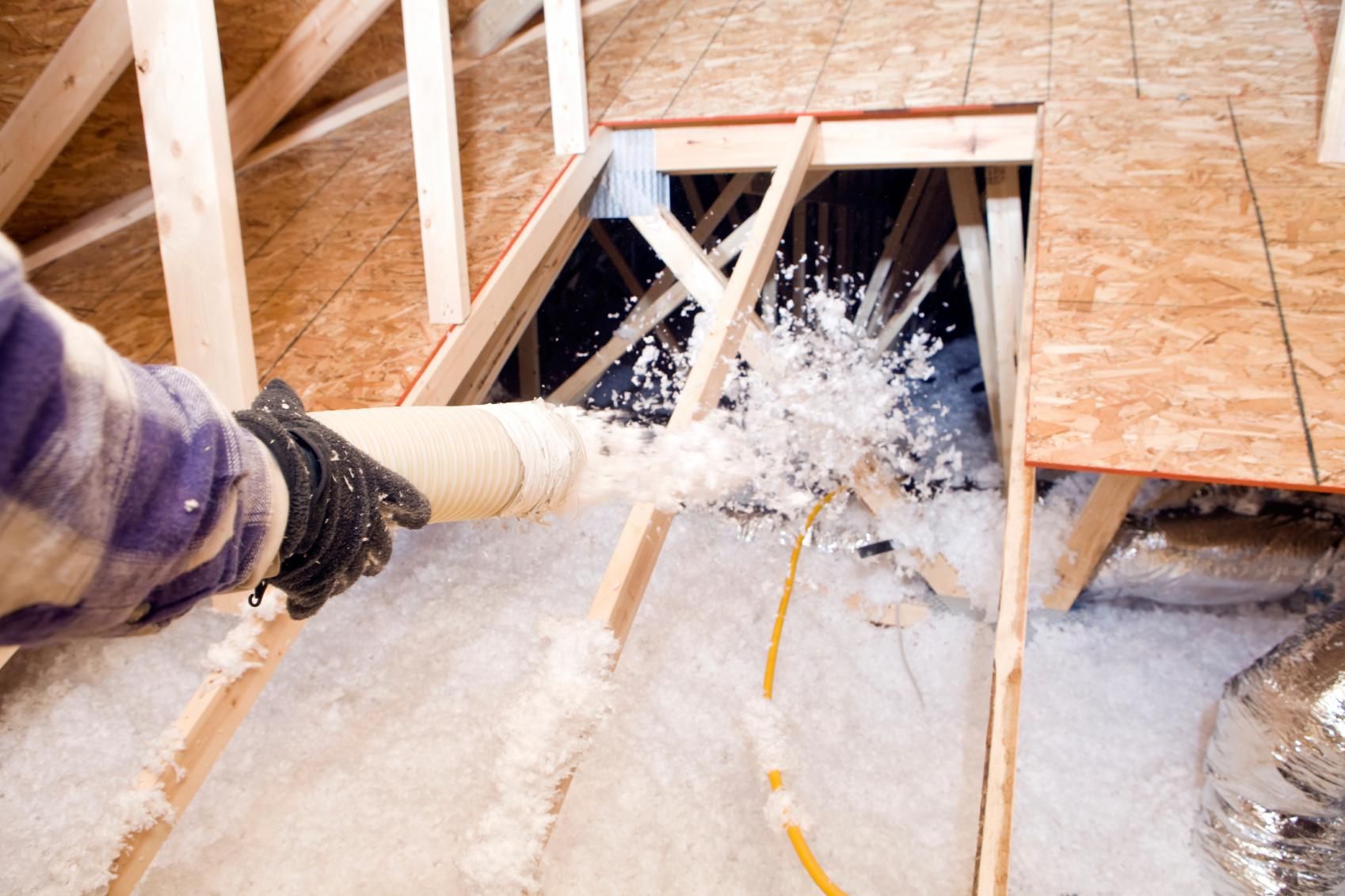
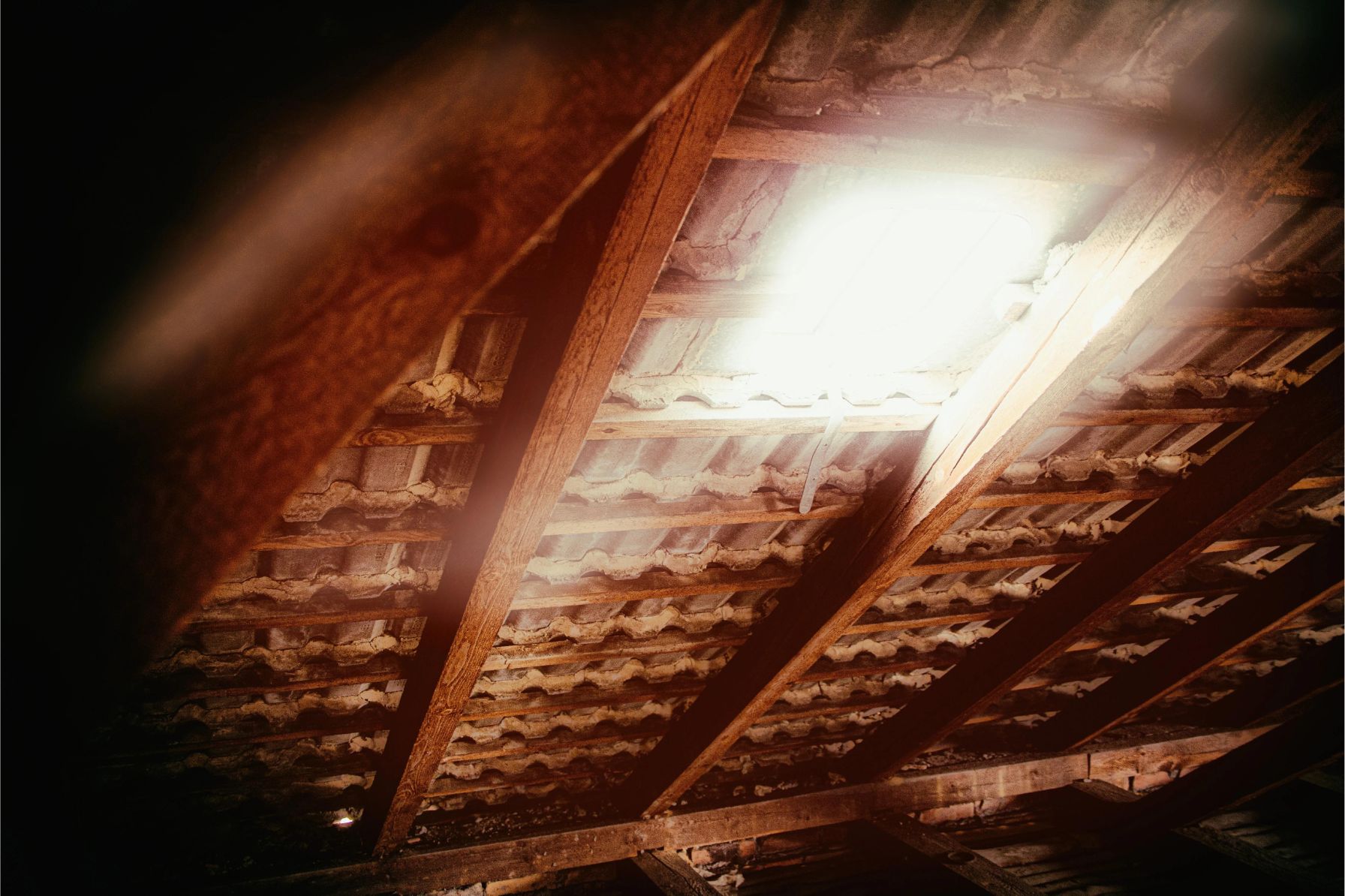
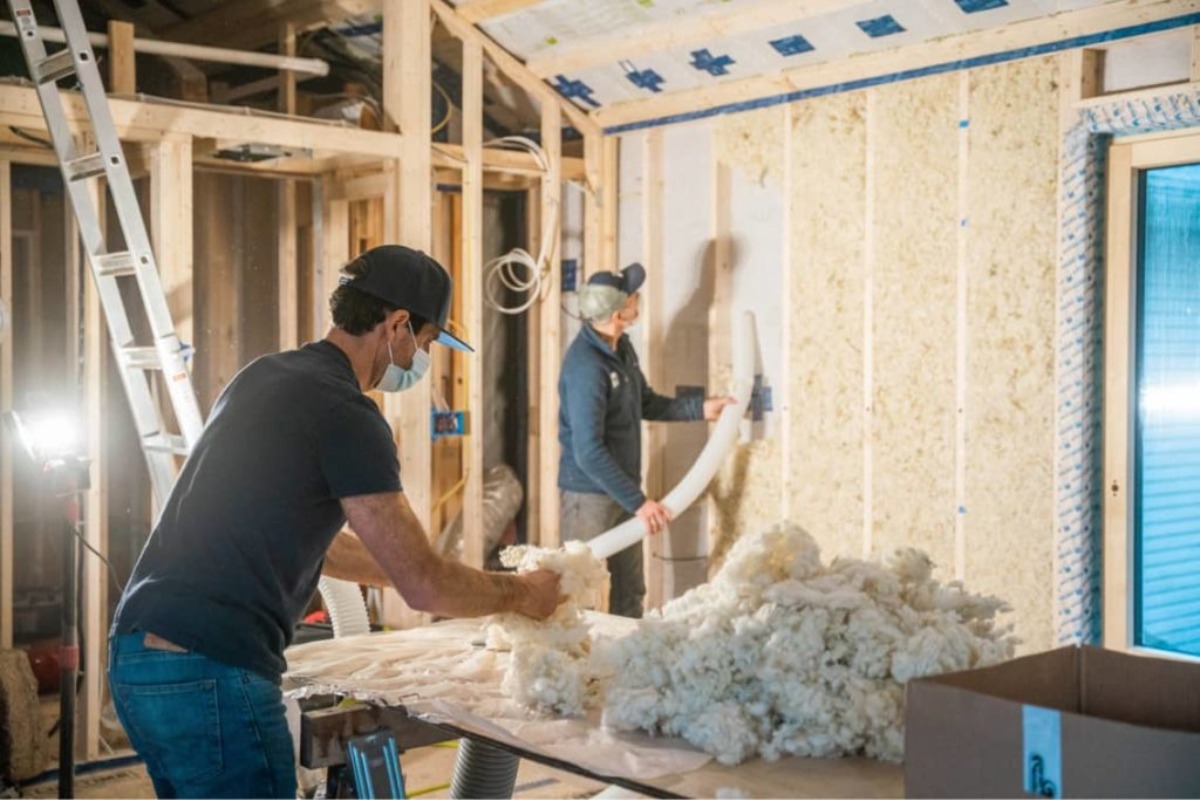
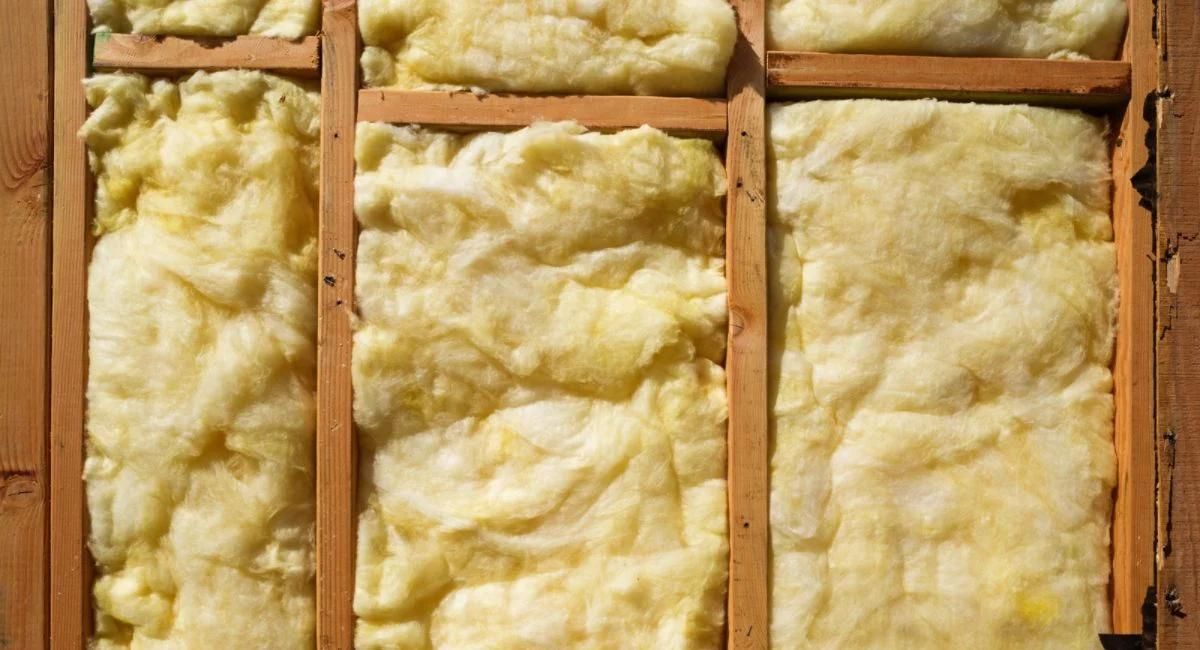
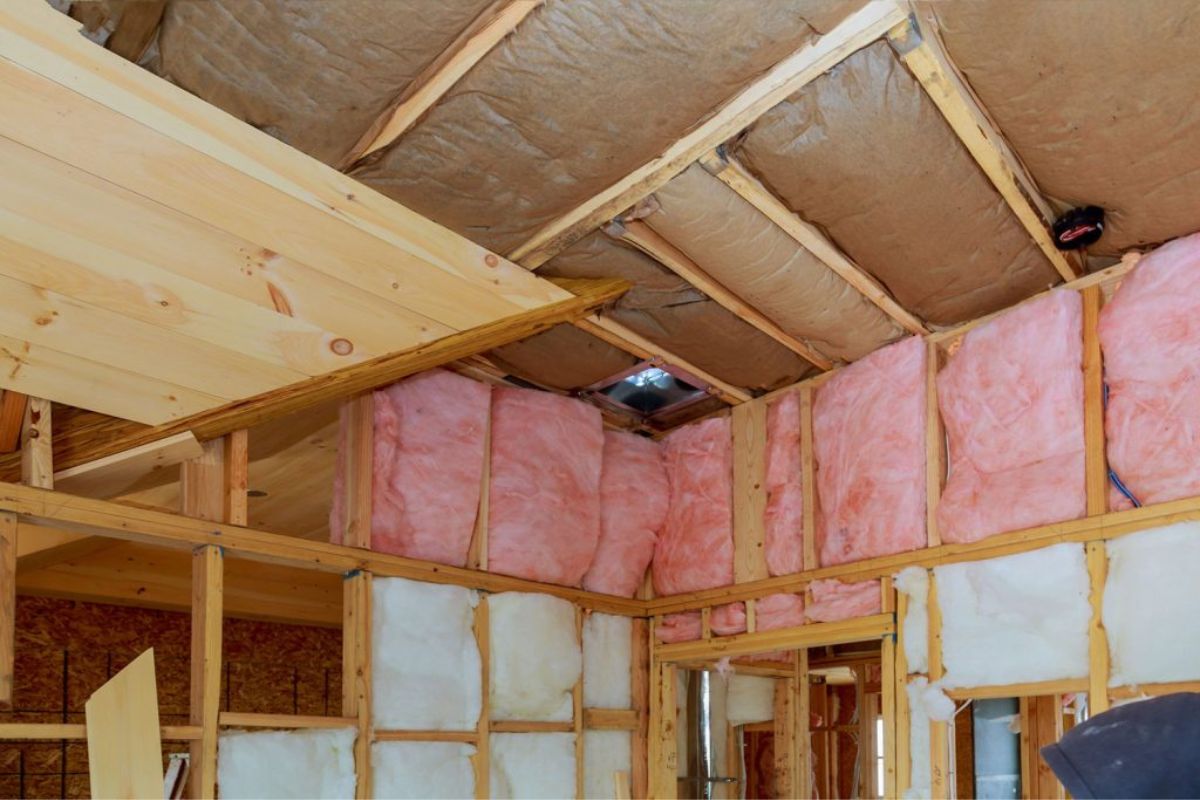
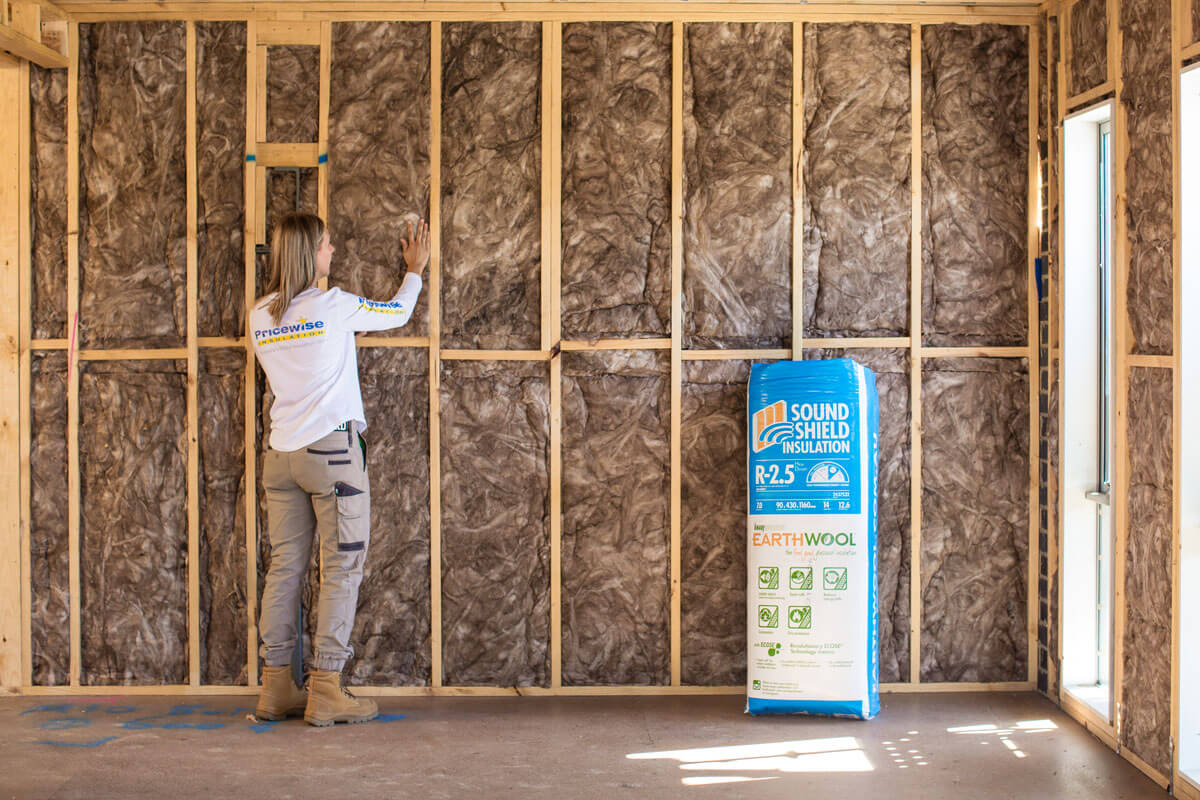
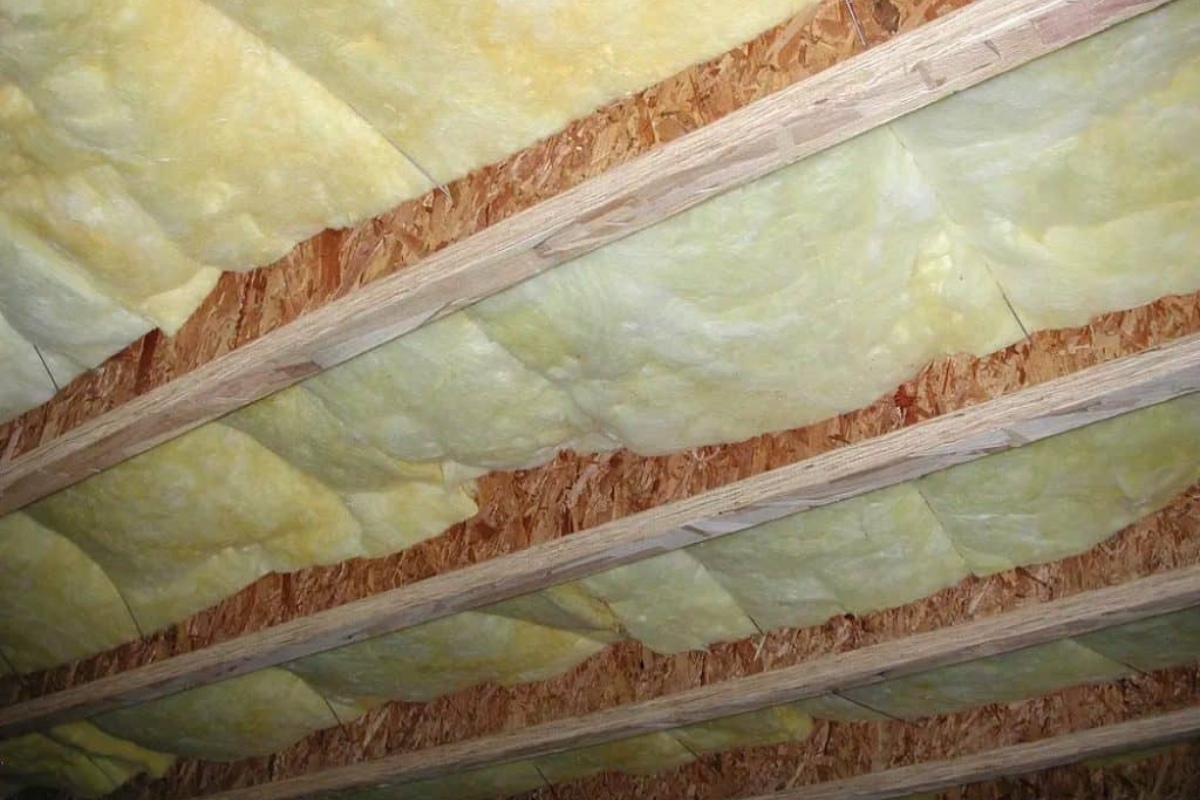
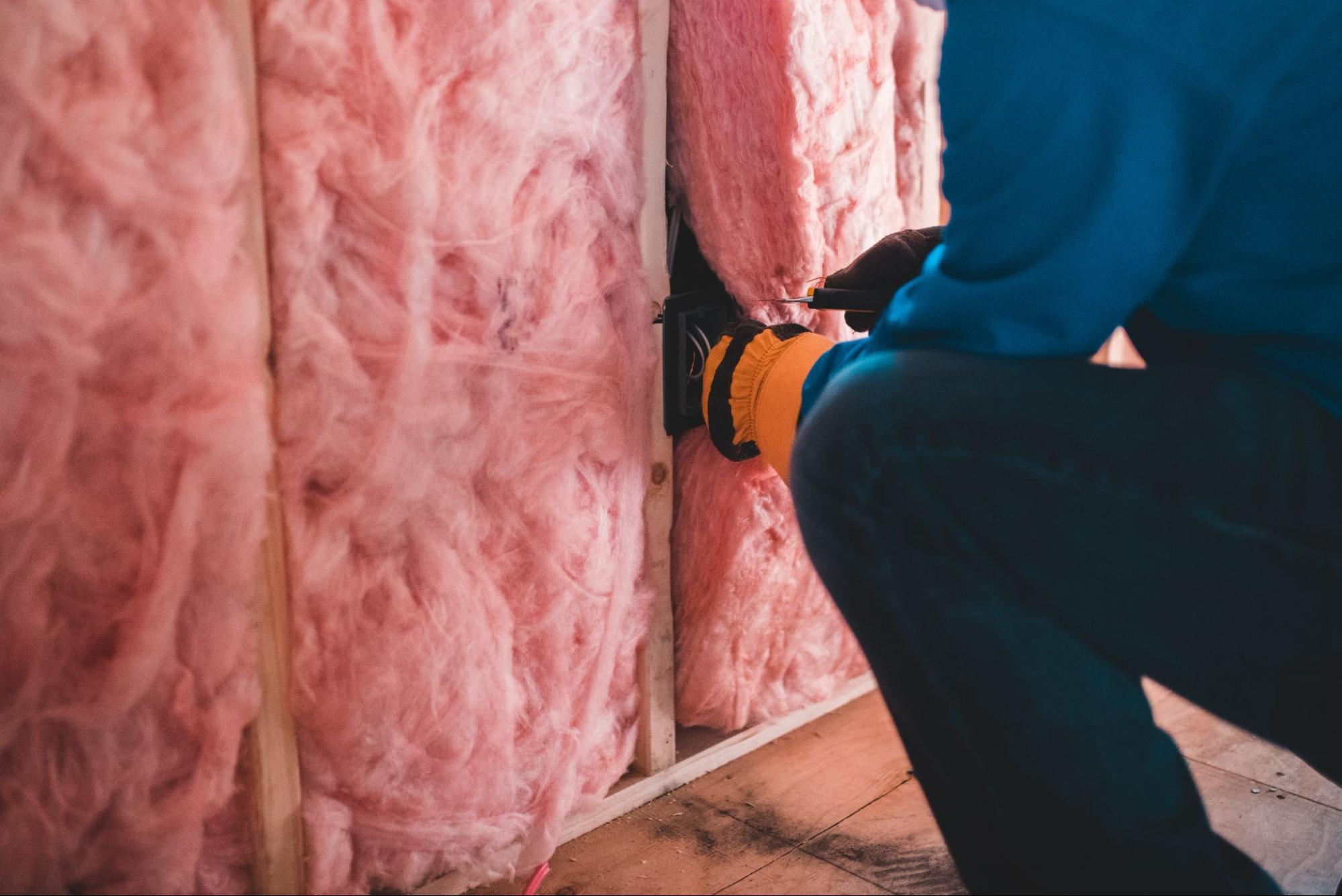
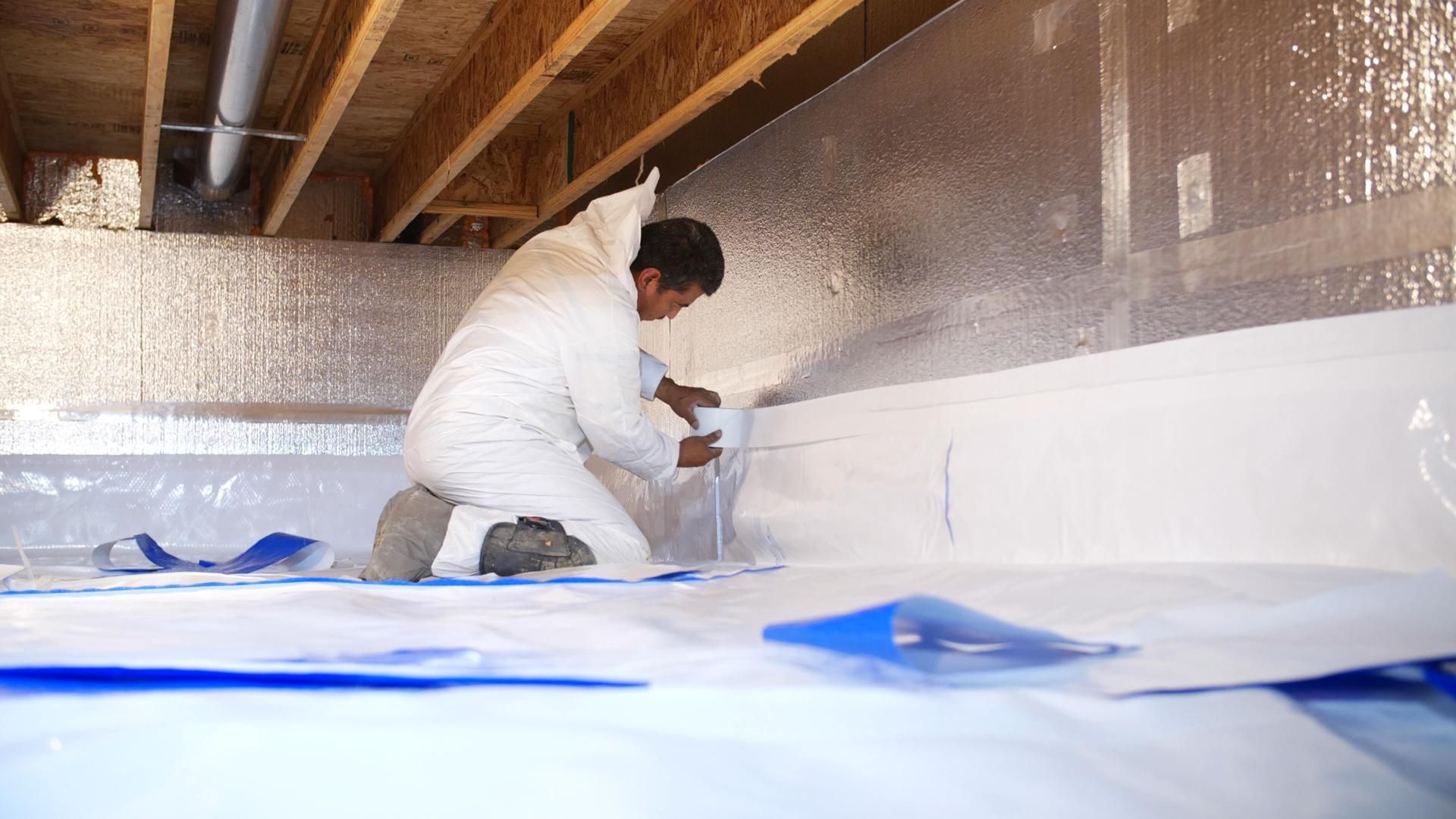
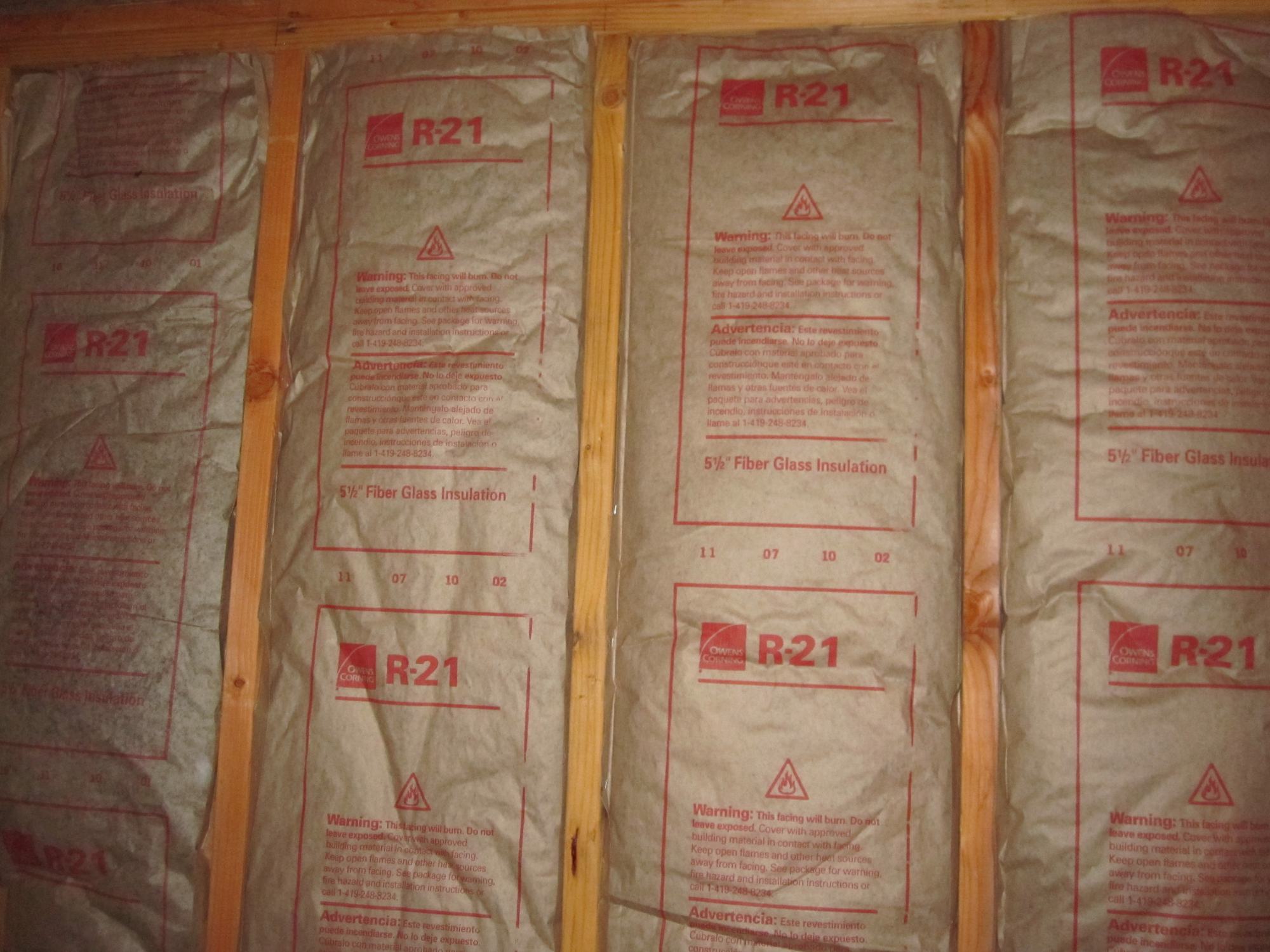
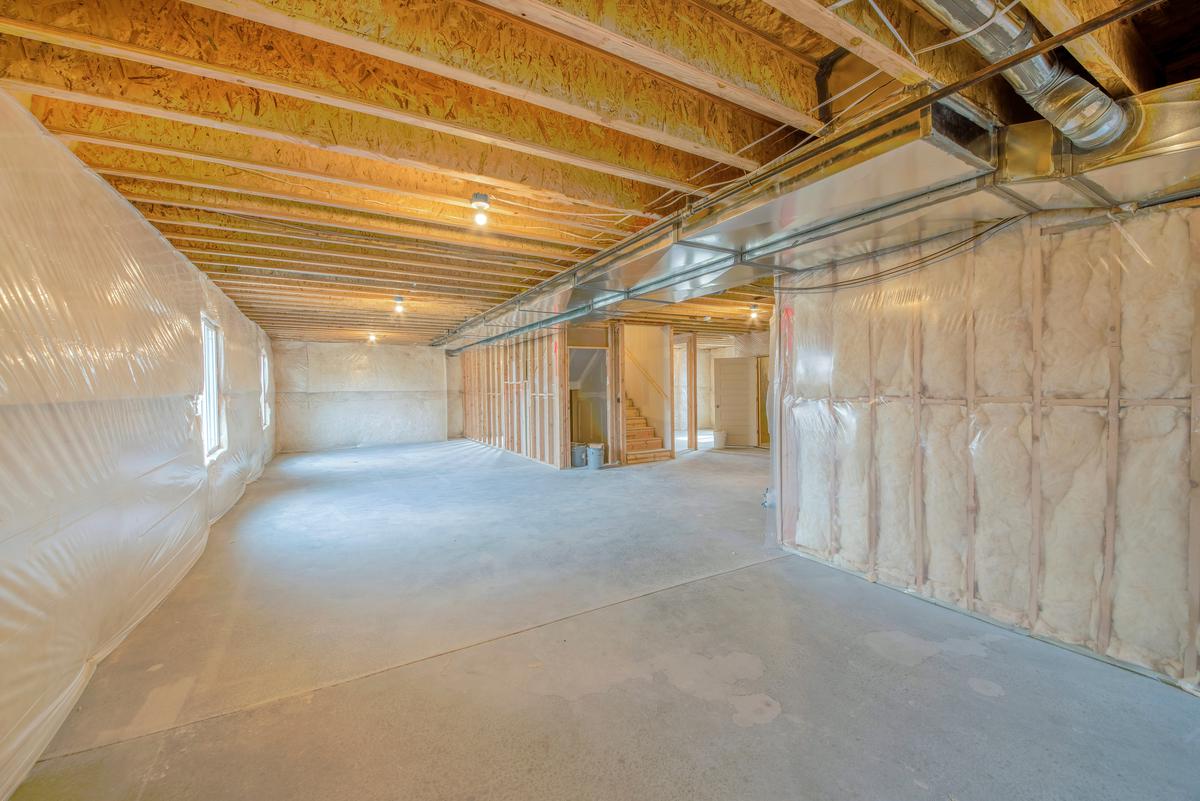

0 thoughts on “What R Insulation For Attic”